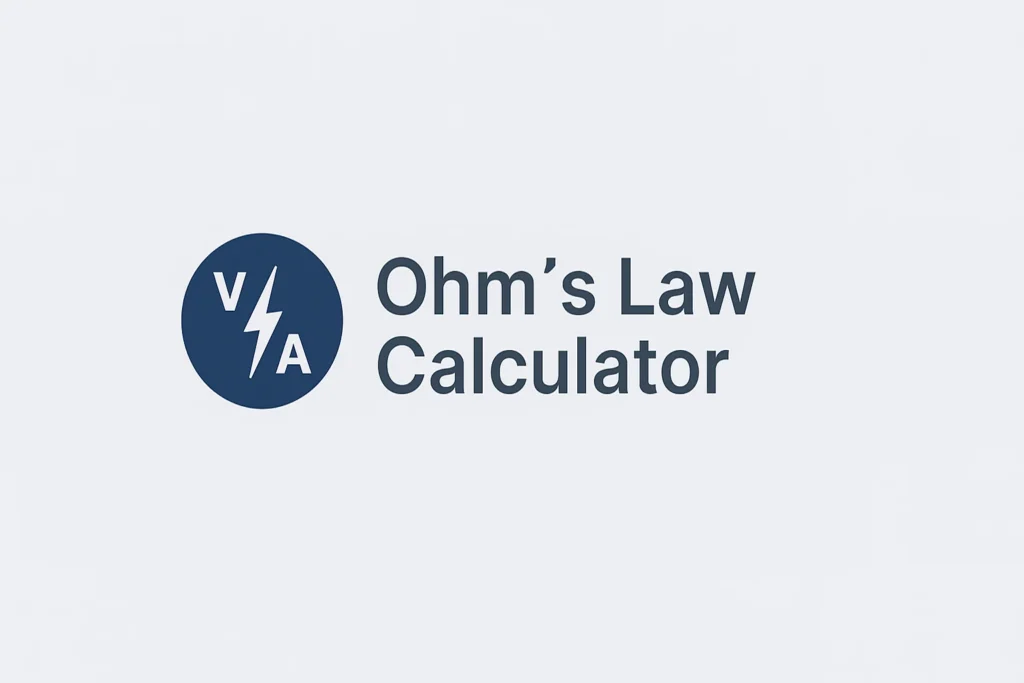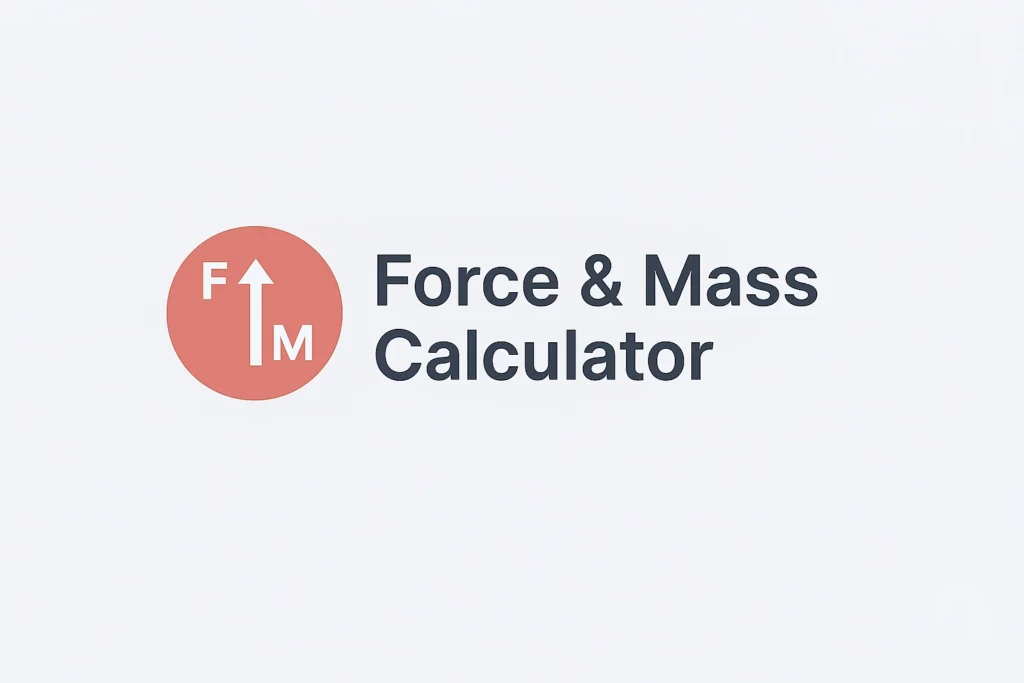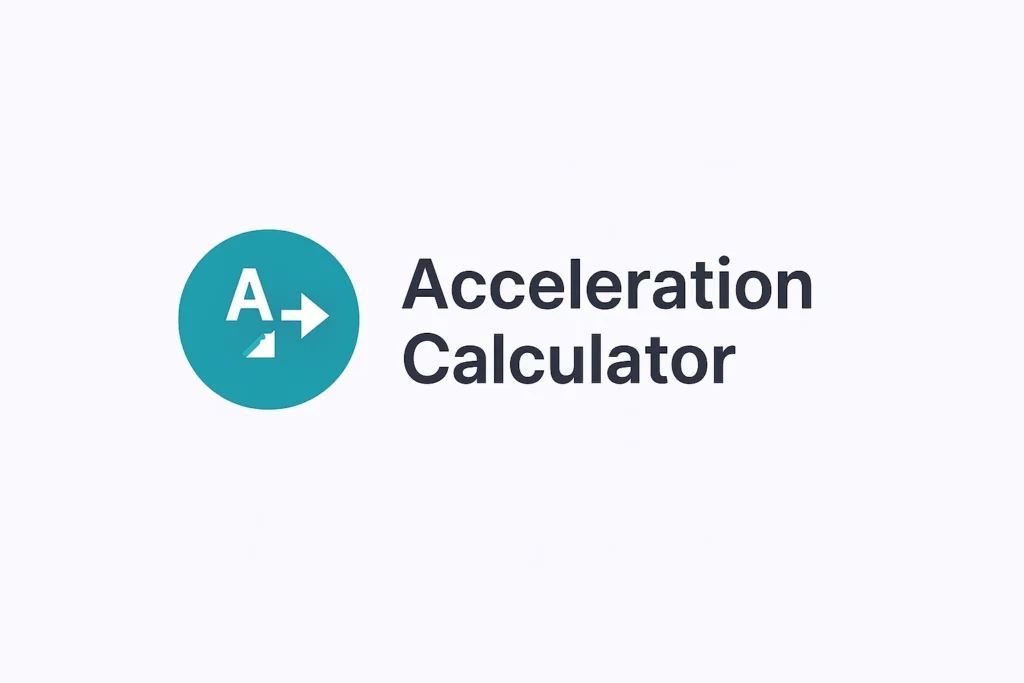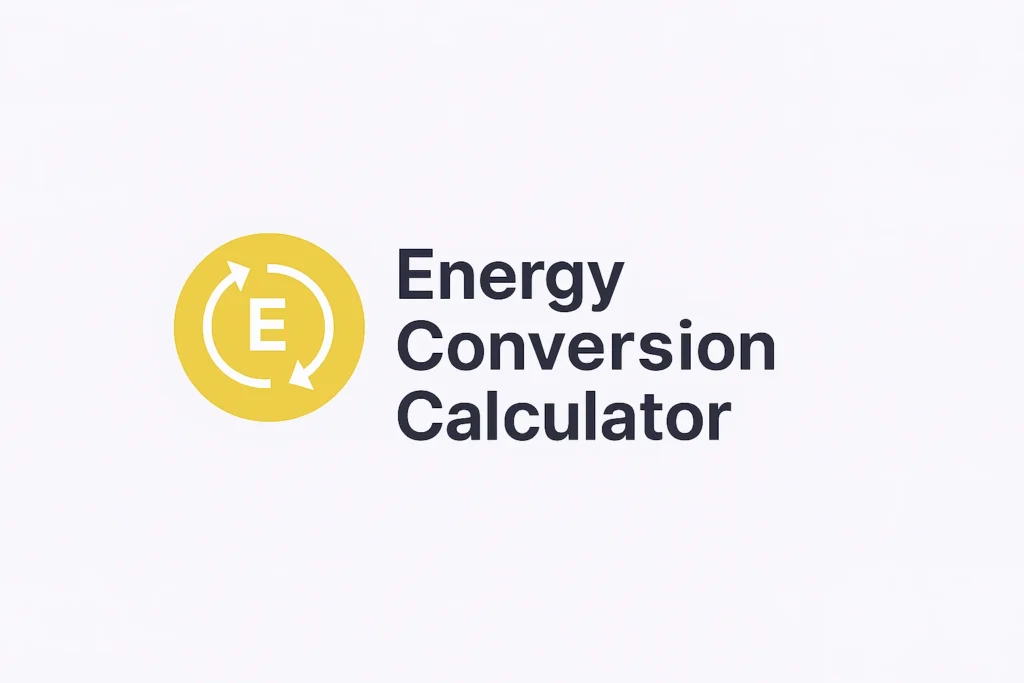LC Resonance Calculator
Determine the natural oscillating frequency of an LC tank circuit.
Resonance Frequency ($f$)
Calculated Frequency ($f$)
What is LC Resonance?
LC resonance is a fundamental electrical phenomenon that occurs in a circuit containing an inductor ($L$) and a capacitor ($C$). When these two components are connected, energy can oscillate back and forth between the magnetic field of the inductor and the electric field of the capacitor, much like a pendulum swinging.
The circuit naturally oscillates at a single frequency, known as the resonance frequency ($f$). At this specific frequency, the capacitive reactance ($X_C$) is exactly equal to the inductive reactance ($X_L$), causing them to cancel each other out. This results in the circuit presenting a minimum impedance (in a series circuit) or maximum impedance (in a parallel circuit) to the external signal source.
Why LC Resonance Matters in Engineering
The ability to select and amplify a specific frequency makes LC circuits invaluable in virtually all fields of electrical and electronics engineering:
- Radio Tuning: LC circuits are the core of the tuning mechanism in radios and TVs. By adjusting the capacitance (often using a variable capacitor) or the inductance, the circuit’s resonance frequency is changed, allowing it to “tune in” and selectively amplify a desired broadcast frequency while rejecting others.
- Signal Filtering: They are used to create frequency filters (band-pass, band-stop, high-pass, and low-pass) essential for signal processing, ensuring only required frequency components are transmitted or received.
- Oscillators: LC circuits form the basis of sine wave oscillators, which are crucial for generating radio frequency (RF) carrier waves used in wireless communication.
- Impedance Matching: They can be used to match the output impedance of a source to the input impedance of a load, ensuring maximum power transfer in RF systems.
How to Use This Tool
- Identify Components: Determine the Inductance ($L$) value of your inductor in Henries (H) and the Capacitance ($C$) value of your capacitor in Farads (F).
- Enter Inductance: Input the value for $L$ into the “Inductance ($L$) in Henries (H)” field. Remember that standard units are often in microhenries ($\mu\text{H}$, use $1\text{e-}6$ H), millihenries ($\text{mH}$, use $1\text{e-}3$ H), or nanohenries ($\text{nH}$, use $1\text{e-}9$ H).
- Enter Capacitance: Input the value for $C$ into the “Capacitance ($C$) in Farads (F)” field. Standard units are often in picofarads ($\text{pF}$, use $1\text{e-}12$ F), nanofarads ($\text{nF}$, use $1\text{e-}9$ F), or microfarads ($\mu\text{F}$, use $1\text{e-}6$ F).
- Calculate: Click the “Calculate Resonance” button.
- View Result: The Resonance Frequency ($f$) will display in the “Calculated Frequency ($f$)” box in Hertz (Hz). The result is rounded to two decimal places for decimals or displayed as a whole number if appropriate.





